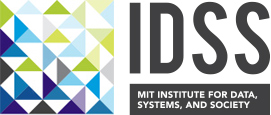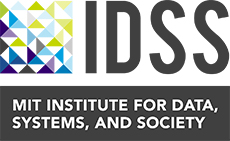The Maps Inside Your Head
MIT Building 32, Room 141 The Stata Center (32-141), 32 Vassar Street, Cambridge, MA, United StatesHow do our brains make sense of a complex and unpredictable world? In this talk, I will discuss an information theory approach to the neural topography of information processing in the brain. First I will review the brain's architecture, and how neural circuits map out the sensory and cognitive worlds. Then I will describe how…

